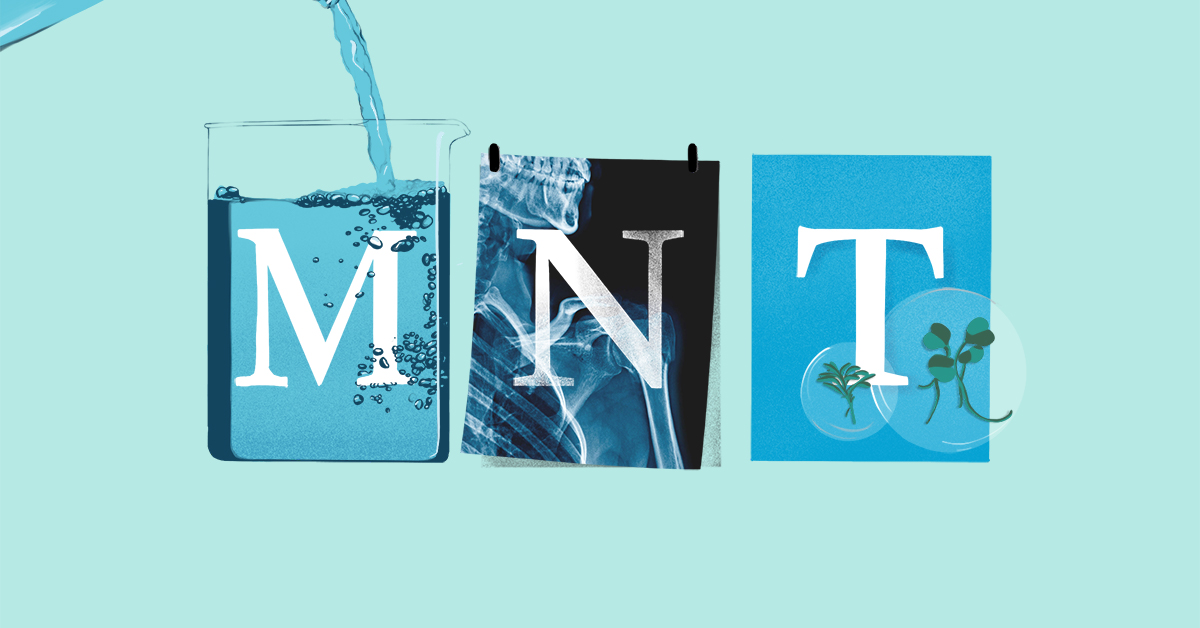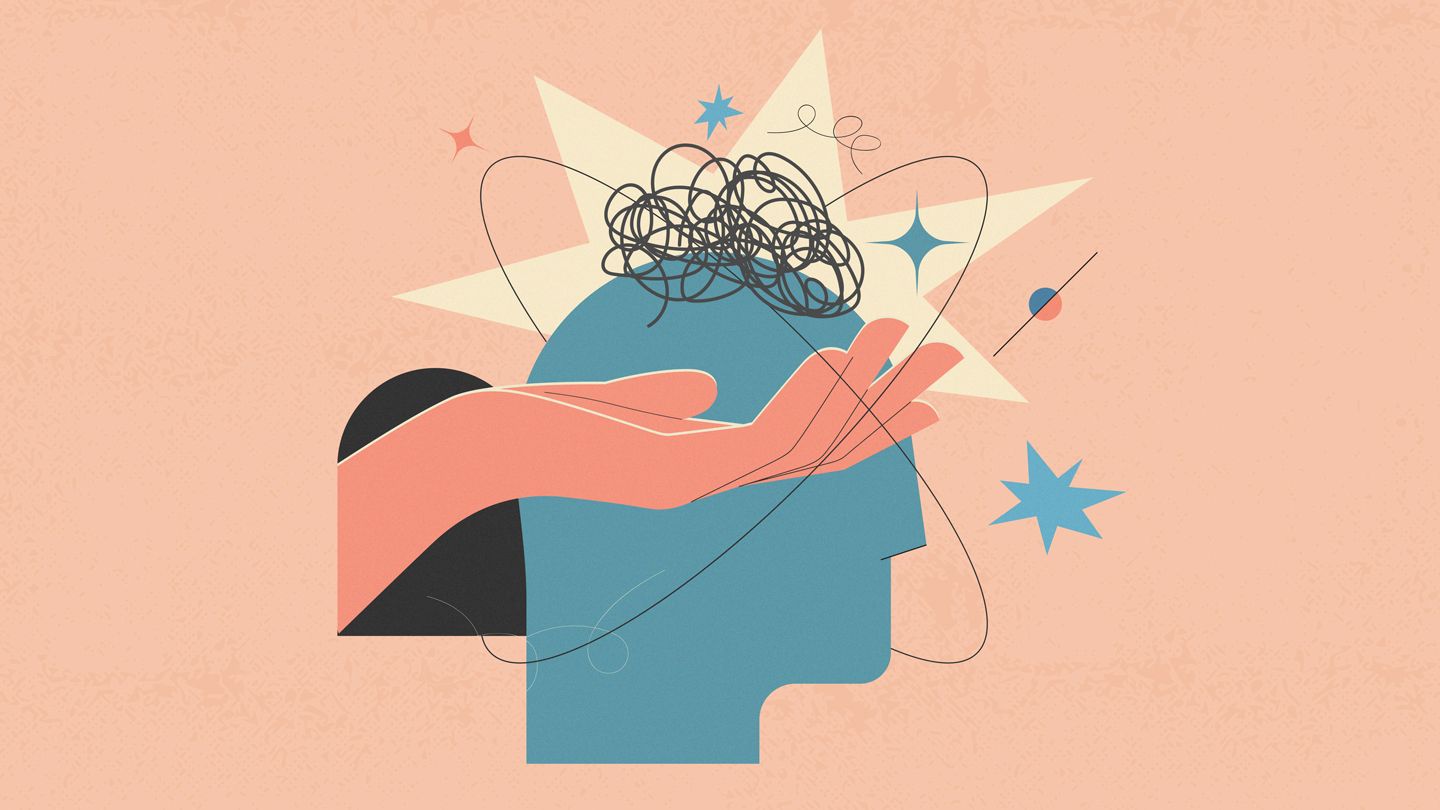ADHD and Showering: Tips for Maintaining Hygiene
For those with ADHD, staying on top of daily hygiene routines like showering can be a significant challenge. ADHD symptoms like procrastination, distractibility, and disorganization can make tasks like bathing feel laborious. However, maintaining personal cleanliness is important for both health and social reasons.
Why Showering Can Be Difficult with ADHD
There are several reasons those with ADHD may struggle to stick to regular showering and bathing:
- Time blindness - Difficulty perceiving the passage of time makes it feel like showering takes longer than it does.
- Task initiation - Getting started with showering can feel like a monumental hurdle.
- Distractibility - It's easy to get sidetracked and forget to shower.
- Multitasking - Juggling shower steps like washing hair, body, etc. is overwhelming.
- Sensory sensitivity - The sound, lights, water sensations, or bathroom clutter spark anxiety.
- Perseverance - Inability to persist through the multi-step process from start to finish.
These ADHD symptoms can cause a perceivably tedious task like showering to fall by the wayside. But consistently skipping hygiene routines can negatively impact health, self-esteem, and social functioning.
Impacts of Showering Less with ADHD
Reduced hygiene due to ADHD obstacles can lead to:
- Skin irritation, acne, and skin infections
- Unpleasant body odor
- Greasy hair and scalp issues like dandruff
- Increased anxiety in social situations
- Lower self-confidence and self-image struggles
- Judgment, stigma, or relationship problems
- Worsening ADHD symptoms due to unease and dirt on skin and hair
Finding coping strategies to maintain regular showers is crucial for people with ADHD. Seeking treatment for ADHD itself can also make sticking to hygiene routines easier over time.
Showering Tips for People with ADHD
Making showering and bathing a consistent habit with ADHD involves finding the right motivation, environment, and adaptations to ease the process. Some helpful tips include:
- Set phone reminders to establish a regular shower routine.
- Use visual schedules showing hygiene task steps.
- Create a comforting atmosphere in the bathroom with decor, music, or calming scents.
- Use fidget or stim toys to stay focused while showering.
- Take short breaks if needed between washing hair, body, shaving, etc.
- Use verbal cues and checkpoints to move through the process.
- Try absorbing body wipes for quick cleanups between full showers.
- Shower at night to avoid morning motivation and time issues.
It also helps to identify and treat any sensory problems, anxiety, or emotional avoidance issues contributing to shower aversion.
Creating an ADHD-Friendly Shower Space
Modifying the shower space can minimize distractions and sources of sensory discomfort:
- Install hooks for fidget toys or activity stations
- Use a shower caddy to organize all products in one spot
- Put up a whiteboard for writing showering checklist steps
- Get non-slip bath mats and grab bars for safety
- Try mood lighting, like lava lamps or string lights
- Play music, podcasts, or audio books aloud during showers
- Keep the bathroom decluttered and soothingly decorated
A calming, distraction-free shower environment removes obstacles that exacerbate ADHD symptoms during bathing.
Medical and Lifestyle Treatments for ADHD Showering
Seeking ADHD treatment is key to minimizing executive functioning deficits that disrupt hygiene habits. Treatment options that can aid showering routines include:
- Stimulant medication - Boosts motivation, focus, perseverance, and attention to complete shower steps.
- Cognitive behavioral therapy - Helps create showering habit routines and manage emotional avoidance.
- Coaching and counseling - Provides accountability and solutions to hygiene obstacles.
- Mindfulness and meditation - Improves emotional regulation and distraction resistance.
- Regular exercise - Physical activity alleviates ADHD symptoms and motivates self-care.
- Healthy sleep routines - Adequate, consistent sleep optimizes alertness and organization.
Treatment alongside lifestyle changes optimizes overall ADHD management for sticking to hygiene habits.
Conclusion
ADHD can make the multi-step routine of showering feel overwhelming. But setting up motivating spaces, using checklists and cues, trying absorption bathing, and treating ADHD symptoms can establish regular, stress-free shower habits. With some adaptations, individuals with ADHD can successfully overcome obstacles to daily hygiene.
FAQs
Why do some people with ADHD struggle to shower regularly?
ADHD symptoms like time blindness, trouble starting tasks, distractibility, multitasking challenges, and sensory issues can make showering feel overwhelming.
How can setting reminders help with ADHD showering?
Reminders can help initiate showering at set times. Alarms remove reliance on time perception and provide external motivation to start.
What are some ADHD-friendly adaptations for the shower?
Install hooks, shelves, and caddies to organize products. Use mood lighting, mats, and grab bars. Play music, podcasts, or audiobooks. Try absorbing bath wipes between showers.
How can you make showering easier with ADHD?
Use checklists, take breaks between steps, minimize distractions in the bathroom, shower at night when less rushed, and treat ADHD symptoms with medication, therapy, and lifestyle changes.
Does better ADHD management improve showering routines?
Yes, treating ADHD with approaches like stimulants, cognitive behavioral therapy, coaching, exercise, sleep hygiene, and mindfulness can optimize executive functioning for better hygiene habits.
Disclaimer: This article is for informational purposes only and does not constitute medical advice. Always consult with a healthcare professional before starting any new treatment regimen.
Related Coverage
People with ADHD often wonder if they're good at multitasking. Learn how ADHD and multitasking interact and what works best....
Learn all about Adderall and Focalin - from how these two common ADHD stimulant medications differ in onset, duration, ingredients, side effects and more....
Compare Strattera vs Adderall to see how their onset, side effects, effectiveness, and addiction risks differ for ADHD treatment....
If struggling with ADHD symptoms, getting properly evaluated is key. Here is guidance on finding a specialist, preparing for assessment, understanding diagnosis, and accessing treatment....
Adderall shortages can make getting your prescription difficult, but checking pharmacy inventory online, calling around, and asking about alternatives can help locate it....
ADHD symptoms like poor impulse control and high egocentrism can lead to behaviors viewed as selfish. Treatment and lifestyle changes help manage behaviors....
ADHD time blindness makes time feel elusive. Learn why it happens and find practical strategies to manage your unique relationship with time....
Learn tips for finding Adderall at pharmacies during shortages, including using locator tools, calling around, and asking about ordering from suppliers....
Focus drops claim to boost concentration and calm hyperactivity associated with ADHD. But are these liquid supplements safe and effective for children?...
The Adderall shortage makes getting prescribed ADHD meds difficult. Learn reasons for the shortage, effects on patients, and techniques to cope until supplies increase....









